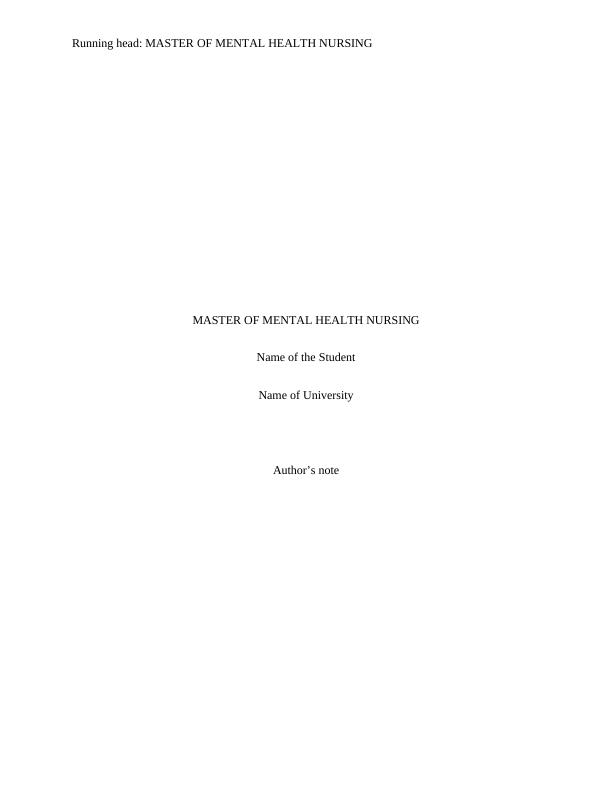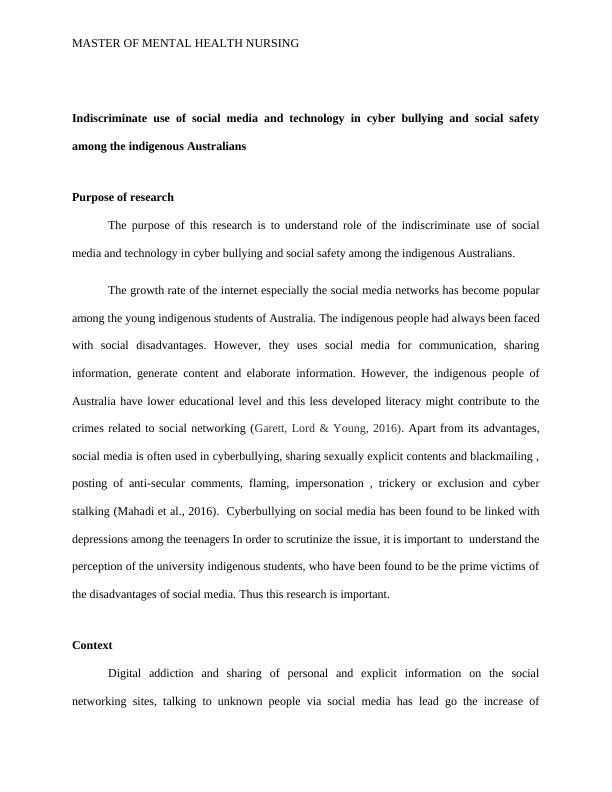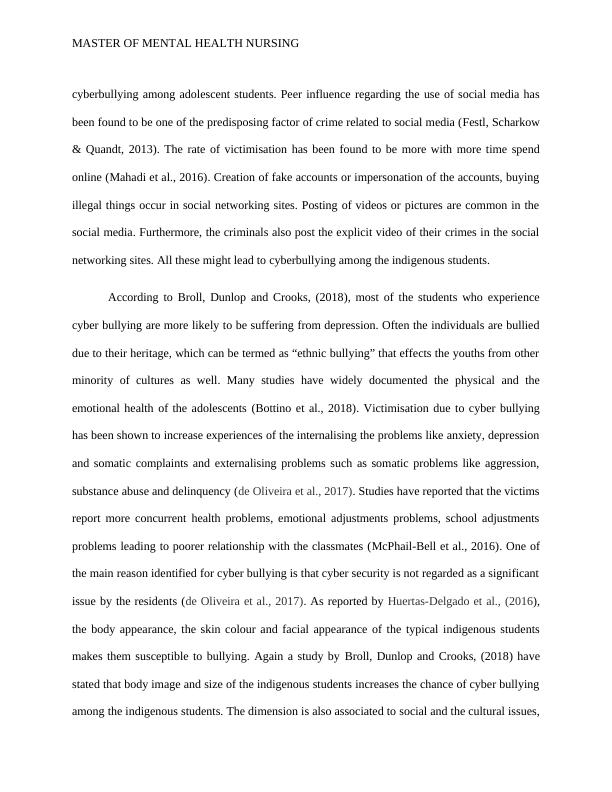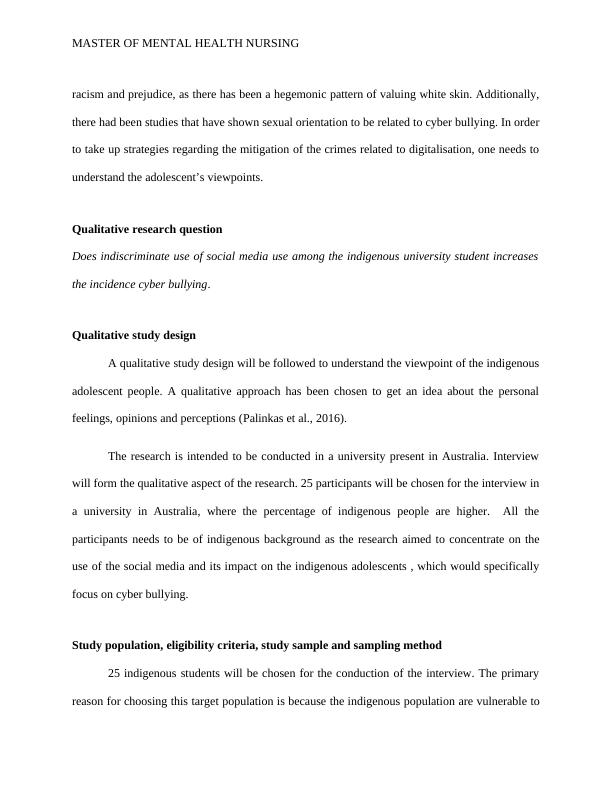Indiscriminate Use of Social Media and Cyber Bullying among Indigenous Australians
Developing a qualitative research study based on a published literature review on the use of social media and digital technology among Indigenous young people in Australia.
11 Pages2481 Words98 Views
Added on 2023-01-16
About This Document
This research aims to understand the role of social media in cyber bullying and social safety among indigenous Australians. It explores the impact of social media on the mental health of indigenous students and the prevalence of cyber bullying in this population.
Indiscriminate Use of Social Media and Cyber Bullying among Indigenous Australians
Developing a qualitative research study based on a published literature review on the use of social media and digital technology among Indigenous young people in Australia.
Added on 2023-01-16
ShareRelated Documents
End of preview
Want to access all the pages? Upload your documents or become a member.
Cyberbullying: a new law to deal with it
|10
|1269
|482
(Doc) The Roles of Victims in Cyberbully Victimisation
|14
|2485
|259
Cyber Bullying, a Criminal Offence and Effects on Young People
|4
|595
|284
The Impact of Cyberbullying on Adolescent Health: Current Perspectives
|16
|14800
|403
Cyber Bullying Assignment
|6
|1376
|335
Cyberbullying New Legislation - Assignment
|6
|1492
|97




